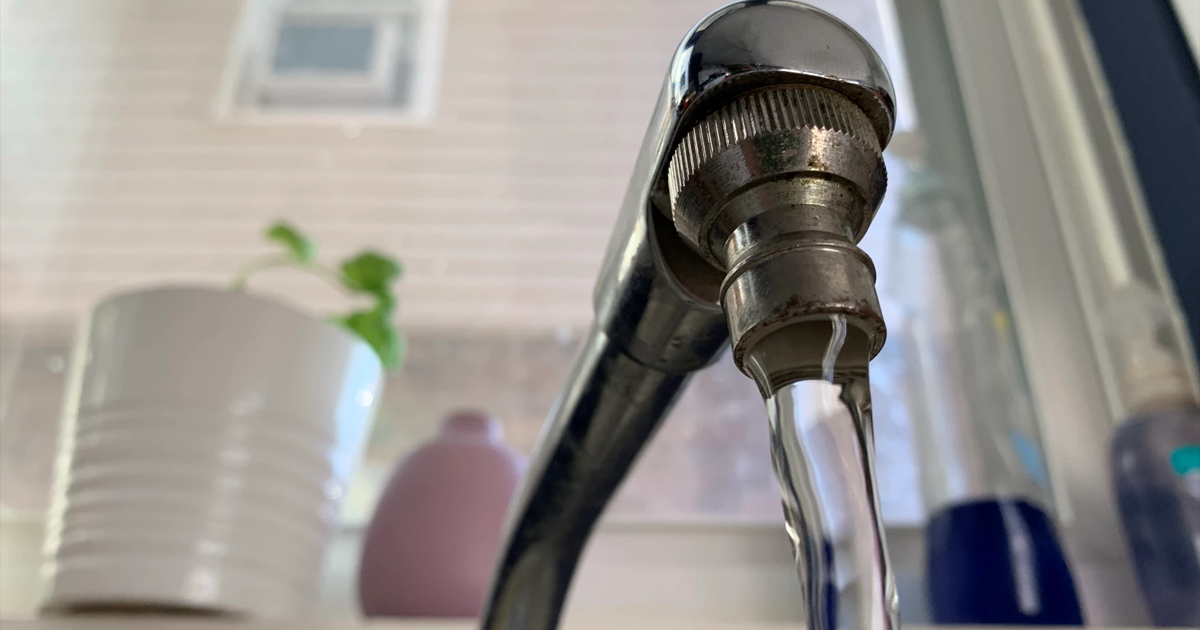
WESA – Lead levels in tap water for people in Pittsburgh Water’s service area fell to the lowest level on record during the authority’s most recent round of drinking water testing.
The authority certified a lead level of 2 parts per billion (ppb) in 2025. A part per billion is similar to a drop of water in an Olympic-sized pool. This result falls far below the federal standard of 15 ppb that triggers public notice and additional intervention to reduce lead exposure.
The decline follows Pittsburgh Water’s replacement of thousands of lead service lines and the injection of a compound that keeps lead in old pipes from seeping into drinking water.
“It’s an excellent signal to our customers that we have a very effective water treatment for residential properties that still have lead service lines,” said Will Pickering, CEO of Pittsburgh Water.
Lead levels in drinking water varied across Allegheny County’s more than 30 water authorities. For the sampling period ending on Sept. 30, the City of Duquesne Water Department recorded a lead level of 0 ppb, while the Wilkinsburg-Penn Joint Water Authority recorded a lead level of 9 ppb, according to data from the Pennsylvania Department of Environmental Protection.
“We have seen great strides,” said Michelle Naccarati-Chapkis, executive director of Women for a Healthy Environment. “Some of that has been in water authorities who have been [analyzing] their inventories to understand where lead service lines are that they wouldn’t have known before.”
Lead in Pittsburgh’s drinking water has come a long way since 2016, when the authority recorded a lead level of 22 ppb — far exceeding the federal standard for safe drinking water.
Since then, Pittsburgh Water has replaced more than 13,500 lead service lines in the public system and more than 10,000 private lines that run from streets into homes. The authority is on track to replace all residential lead lines in its service area by 2027, according to Pickering.
There is no safe level of lead in the body. Exposure to even low levels of lead in children can damage the central nervous system, stunt growth and impair hearing. And it can cause birth complications for pregnant women, according to the Centers for Disease Control and Prevention.
A turning point for Pittsburgh’s water came in 2019, when the authority began using a chemical called orthophosphate that forms a coating on the inside of water lines — many of which are still made of lead — to prevent the toxic element from leaching into the drinking water.
“Even at two parts per billion, we wanna get that down to zero,” Naccarati-Chapkis said. “That’s hard to achieve. In the meantime, we know that orthophosphate, for instance, is not only getting into the lead service line but ultimately into the home. We have what’s known as ‘premise plumbing,’ or interior plumbing, in our homes that also have many components that contain lead.”